Suggestion: Watch the 10 minutes video tutorial before reading this article
Vietnam is arguably the fastest-growing manufacturing and export country in Southeast Asia. Further, the country opened up in early 2022 which makes it easier to work directly with Vietnamese manufacturers compared to those in China.
Given that the trade war between the US and China is still ongoing, Vietnam is also an interesting sourcing country for the sake of cutting costs. That being said, sourcing suppliers in Vietnam is often a bit more complex than what you may be used to in China – which is what I cover in this guide.
Content Overview
- What kind of products can I source in Vietnam?
- Can I source ODM products in Vietnam?
- Are there dropshipping suppliers in Vietnam?
- Which products cannot be sourced in Vietnam?
- How do I source materials in Vietnam?
- How should I approach Vietnamese suppliers?
- What should I look for when sourcing suppliers in Vietnam?
- Working with sourcing agents in Vietnam
What kind of products can I source in Vietnam?
Below follows an overview of the categories in which Vietnam offers a relatively large number of suppliers.

FREE CONSULTATION SESSION
- 1. How to create product designs & specifications
- 2. Finding suppliers in China, Vietnam & India
- 3. Shipping & import taxes (US, EU, UK & Australia)
- All attendees can ask questions!
- Best Regards, Ivan Malloci
Apparel & Textiles
The apparel and textile industry is well-established in Vietnam. In fact, most of our customers currently sourcing products in Vietnam, are in the apparel and textile industry.
Apparel manufacturers tend to have relatively wide product scopes. However, these are some of the more common products found in Vietnam:
- Children’s Products
- T-Shirts
- Sportswear
- Outdoor wear
- Knitwear
Vietnamese textile suppliers are generally OEM manufacturers, meaning that they make products according to tech packs provided by their customers.
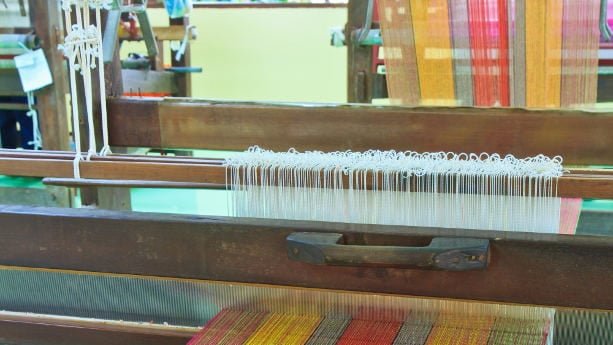
Furniture & Home
Vietnam is one of Asia’s largest furniture manufacturers. Mainly located in the southern parts of the country, Vietnamese furniture manufacturers are often focused on the following categories:
- Wooden furniture
- Rattan furniture
- Living room furniture
Many Vietnamese furniture and houseware factories have a basic selection of ODM products. That said, most rely on OEM designs provided by their customers.
Handicrafts
Vietnam has a long tradition of handcrafting everything from baskets and wooden figurines, to clay pots and miniature ships.
Many Vietnamese handicraft suppliers are relatively small and can be found on either Alibaba.com – or one of the many trade shows in the country.
Electronics
As of today, Vietnam’s electronics manufacturing base is not nearly as strong as Guangdong province, in southern China.
Further, many of the electrical components are imported from China, further eroding its potential as a manufacturing hub for electronics.
That said, it’s getting there, and electronics is making up a big share of the exports that go through Vietnam’s main ports.
Many exporters are foreign own (i.e., Samsung), and the local owned tend to be OEM manufacturers. I would still not expect them to be as open-minded and accustomed to working with small buyers, as those in Shenzhen and Guangzhou in China.
But, given a few more years, I believe that Vietnamese OEM electronics manufacturers could become interesting for startups and small businesses.
The electronics industry is crucial, as it tends to spawn subcontractors for other industries, such as watches, jewelry, and even children’s products.
Jewelry & Accessories
The selection of jewelry and accessories manufacturers in Vietnam is relatively small. That said, there are a number of manufacturers using locally made materials – creating jewelry styles that are hard to find elsewhere in Asia.
A few examples follow:
- Wooden jewelry
- Amber jewelry
- Stone jewelry
- Buffalo horn jewelry
- Sterling silver jewelry
- Gold jewelry
Children’s Products
Looking to import toys and other children’s products from Asia? Then Vietnam can offer products you can’t really find elsewhere.
At least when it comes to certain types and materials:
- Wooden toys
- Plastic toys
- Stuffed toys
- Puzzles
Remember that you need to ensure compliance with all applicable children’s products safety standards, in your market. If you’re based in the EU, you need to ensure compliance with the Toy Safety Directive. In the US, CPSIA is mandatory.
Materials & Construction Products
Vietnam has a large plastics and construction materials industry. Many of these manufacturers function as subcontractors, to toy and electronics manufacturers.
However, more and more of these factories are developing their own ODM products and taking on OEM orders from customers around the world.
A few examples follow:
- PE Tarpaulins
- PE Woven Bags
- PVC Fabric
- PVC Foam Boards
- PVC Sheets
- PP Sheets
- Acrylic Sheets
- Canvas Sheets
- WPC Flooring
- EVA
h. Packaging & Print
Perhaps I shouldn’t have put this one at the bottom, because the printing and packaging industry in Vietnam is huge. Vietnam is probably the world leader for high-quality (and competitively priced) product packaging, making bags, inlays, cartons, jewelry boxes, watch boxes, and much more.
Many packaging companies that first got established in China, have opened offices in Vietnam.
Some of Asia’s leading print and packaging trade shows are also held annually in Vietnam.
Can I source ODM products in Vietnam?
ODM products, or private label products, are essentially factory-designed products for which tooling already exists. This has a major advantage in that you don’t need to develop new prototypes and pay for new molds – which can take months and cost thousands of dollars.
Many of the products you see on Alibaba.com and Globalsources.com are ODM products.
That said, Vietnamese suppliers (in most industries) don’t have a catalog of ODM products from which you can order. ODM products tend to come at a later stage, often hand in hand with manufacturers creating their own brands.
This has a major impact on the sourcing strategy you can apply. While in China, you can often find ODM products for all sorts of niche items – while Vietnamese factories tend to require that you provide a technical specification.
Are there dropshipping suppliers in Vietnam?
The dropshipping model is relatively concentrated in China. We have not been able to locate any dropshipping supplier in Vietnam.
This is related to the previous question, as dropshipping requires an extensive supply of ODM products for the dropshippers to sell.
Which products cannot be sourced in Vietnam?
Anything can technically be manufactured in Vietnam, as long as you can either find a factory willing to produce your product – or set up a factory yourself. The challenge is that Vietnamese factories tend to be rather OEM-focused.
What this means in practice is that you will struggle to find ready-made Bluetooth speakers, but you can find a factory that can produce that speaker if you have a technical specification and pay for the tooling needed.
This can be confusing for those who are used to Alibaba sourcing in China where you can find thousands of ODM options for many products.
In fact, Vietnamese factories have been in high demand in recent years. Naturally, this has made some of them pickier with buyers. This has forced some companies to set up their own factories in Vietnam.
How do I source materials in Vietnam?
This also extends to materials, which are not always readily available in Vietnam. This means that you may need to procure materials outside of Vietnam and arrange for importation to the country through your supplier.
One of our manufacturing projects in Vietnam involved a certain type of stainless steel and PVC coating from Europe. In China, we could source the materials domestically because the material suppliers had wholesalers in China.
In Vietnam, they didn’t, which meant that we had to arrange the importation of the materials from the nearest location – Singapore. This is not a problem in itself, but you need to be prepared to roll up your sleeves and work with your supplier to find solutions to manufacturing problems.
How should I approach Vietnamese suppliers?
As said, Vietnamese suppliers have reasons to prioritize buyers of a certain level. When sourcing in Vietnam, it’s therefore very important that you:
- Prepare a product specification
- Research material availability
What should I look for when sourcing suppliers in Vietnam?
We look for the same things that we do in all countries. While it varies based on the industry, here are some factors we take into consideration:
- Product scope
- BSCI and Sedex
- ISO 9001
- ISO 14001
- Lab test reports
Working with sourcing agents in Vietnam
It’s not always a given that you can find Vietnamese suppliers on Alibaba.com and Globalsources.com. Even if you do, you likely want to go beyond what you can find there.
In my opinion, you don’t really need sourcing agents when searching for suppliers in China these days. Vietnam is a different story though.
Many Vietnamese manufacturers don’t have websites. Vietnam-based sourcing agents can add a lot of value based on their supplier network alone. More than that, they also add value because they can identify material suppliers – which is often a challenge as I mentioned previously.
You can find a list of sourcing agents on this page.






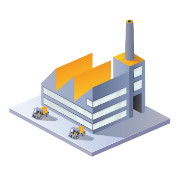
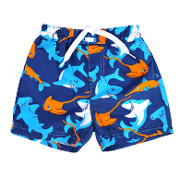
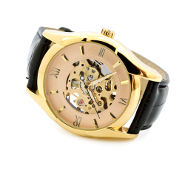

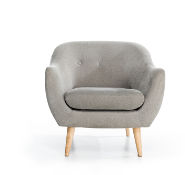



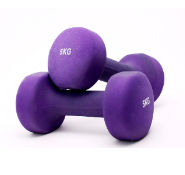







thanks for writing this article . Very useful information